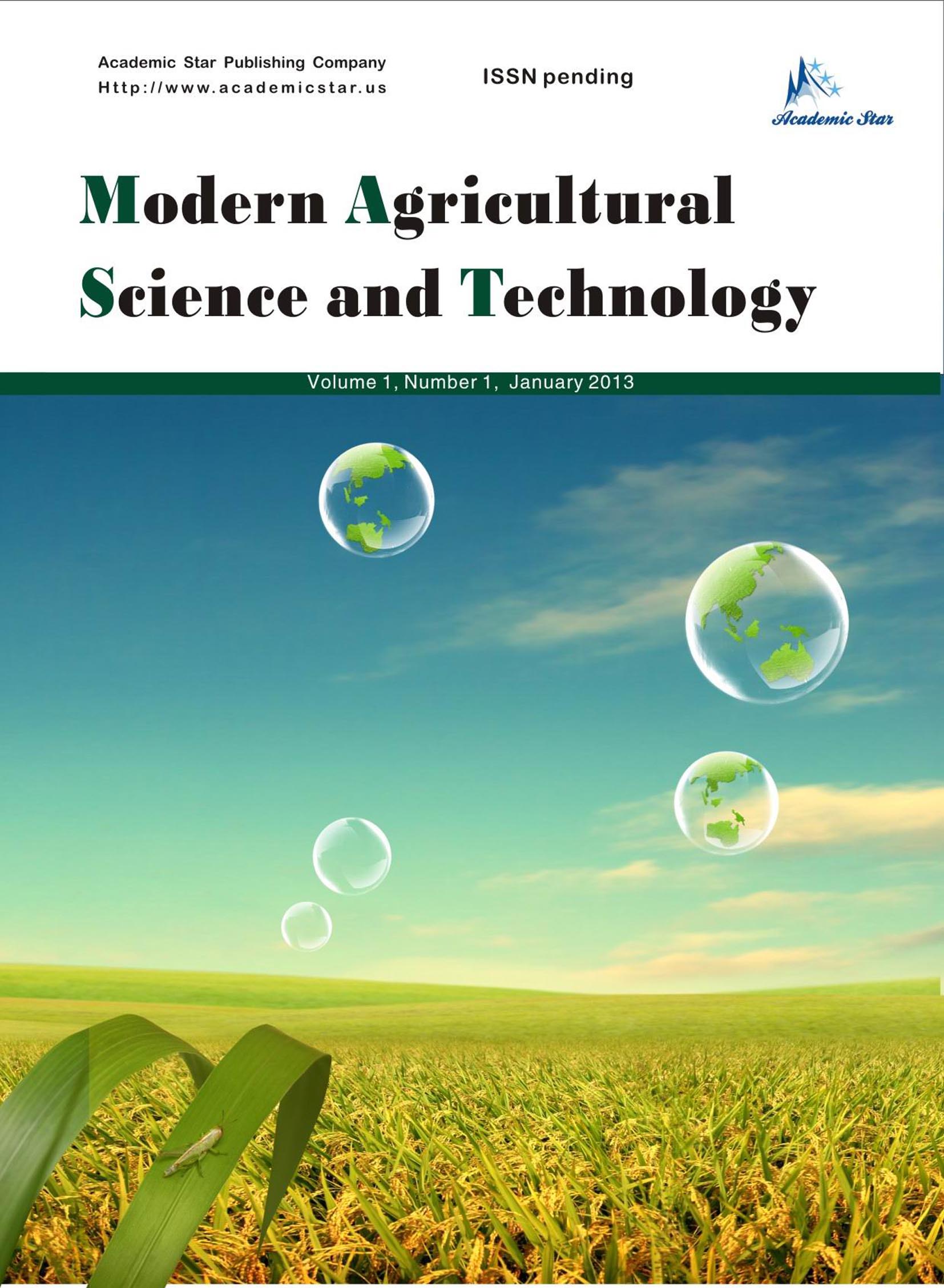Technology and Engineering

- ISSN: 2375-9402
- Modern Agricultural Science and Technology
The Physiological Characteristics and Related Genes of A Physiologically Etiolated Cabernet Sauvignon Grapevine
Chen Yingchun1, 2, Du Yuanpeng1, Ji Xinglong1, and Zhai Heng1*
1. College of Horticulture Science and Engineering, Shandong Agricultural University, State Key Laboratory of Crop Biology, Tai'an, Shandong 271018, China;
2. Shan-dong Academy of Grape, Jinan, Shandong 250100, China
Abstract: Physiologically etiolated Cabernet Sauvignon grapevine provide materials for the study of the structure and function of the photosynthetic system and gene expression and regulatory mechanisms. This study describes the analysis of an etiolated grapevine (Vitis vinifera L.cv. Cabernet Sauvignon). The leaves are light yellow, thin, and fragile, and the plants have smaller fruit clusters, with fruits that are lighter in both weight and color, than those of wild-type. The contents of chlorophyll a, chlorophyll b, and carotenoid were found to be significantly lower in etiolated leaves than in green leaves, while the etiolated leaves cells displayed structural defects, and the photosynthetic performance of the leaves was markedly reduced. Affymetrix GeneChip oligonucleotide arrays were employed to identify differentially expressed genes between the etiolated and control samples. A total of 2,911 and 775 genes displayed altered expression in the leaves and fruits, respectively, and were associated with various metabolic pathways. In particular, there was a significant repression of genes associated with photosynthesis, including the metabolism of porphyrin and chlorophyll, as well as genes involved in the synthesis of plant hormones and proteins. By contrast, there was significant upregulation of AAT genes, which are related to carbon fixation in photosynthetic organisms, BZ1, which is involved in anthocyanin biosynthesis, and PaO and RCCR, which function in chlorophyll degradation.
Key words: physiologically etiolated grapevine, microarray analysis, physiological response






